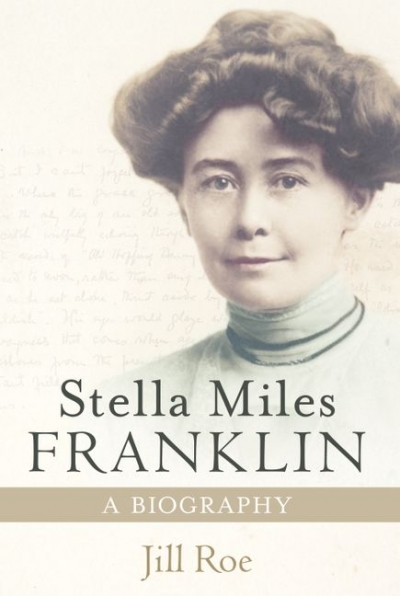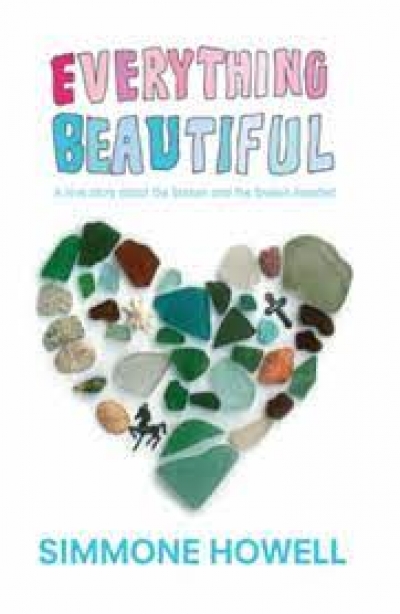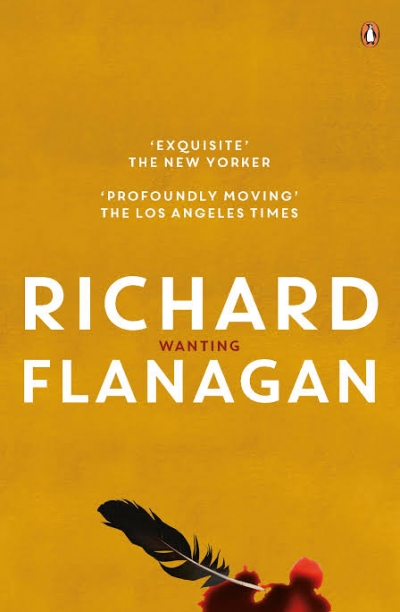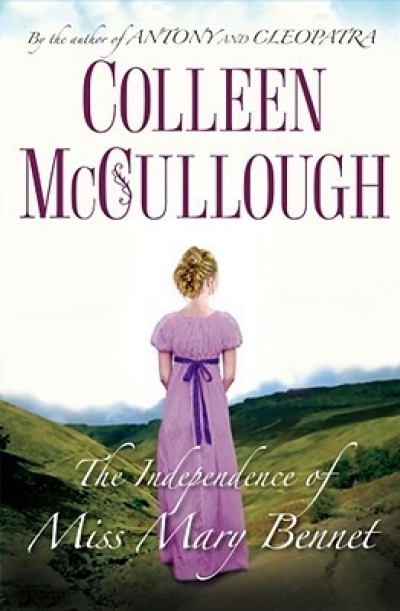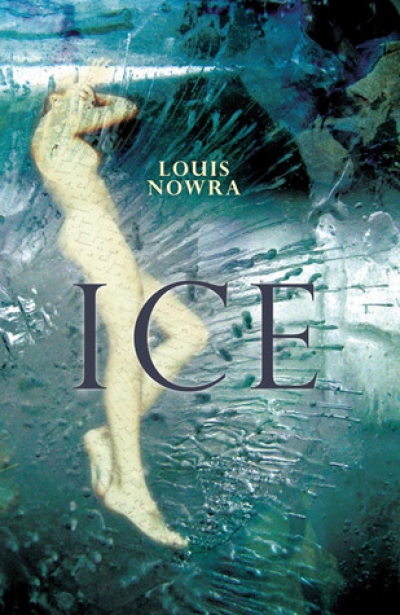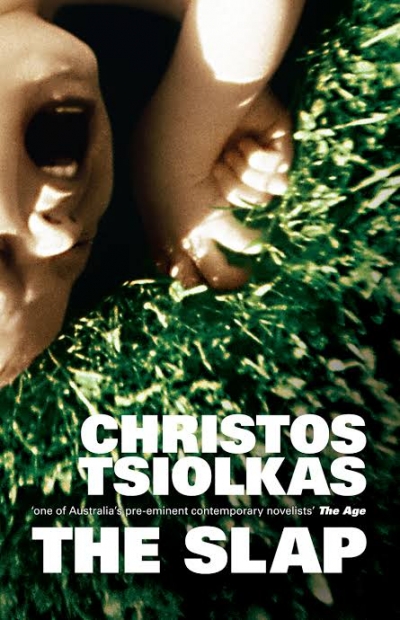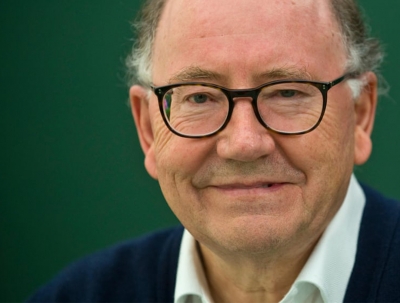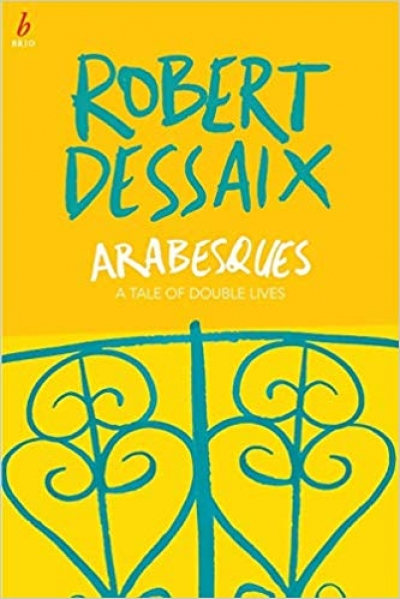Archive
To Sculpt The Moment: Newcastle Poetry Prize Anthology 2008 edited by Hunter Writers’ Centre
The Independence of Miss Mary Bennet by Colleen McCullough
'Biography: The Past has a Great Future' by Richard Holmes | 2008 HRC Seymour Lecture in Biography
Just before I flew to Australia to deliver this year’s HRC Seymour Lecture in Biography, I heard an ABC broadcast on the BBC World Service. The Australian commentator was talking about the centenary of the birth of Donald Bradman, the ‘great Don’ with his famous Test batting average of 99.94 runs. He said that Bradman was a peculiarly Australian role model because he was a sporting hero and because he knocked the hell out of the British bowling. Slightly carried away by the moment, he added: ‘We still need those founding fathers – we’ve had no George Washington, no Abraham Lincoln ... Don Bradman fills a biographical gap.’
... (read more)Arabesques: A tale of double lives by Robert Dessaix
About ten years ago I was interviewed on Irish radio on a matter entirely unconnected with writing. The first question the interviewer asked me was, ‘Is that yourself, Elisabeth?’ This ungrammatical question struck me as both hilarious and pertinent. I don’t remember much about the interview except that leading question.
‘Is that yourself?’ In 1959 ...

